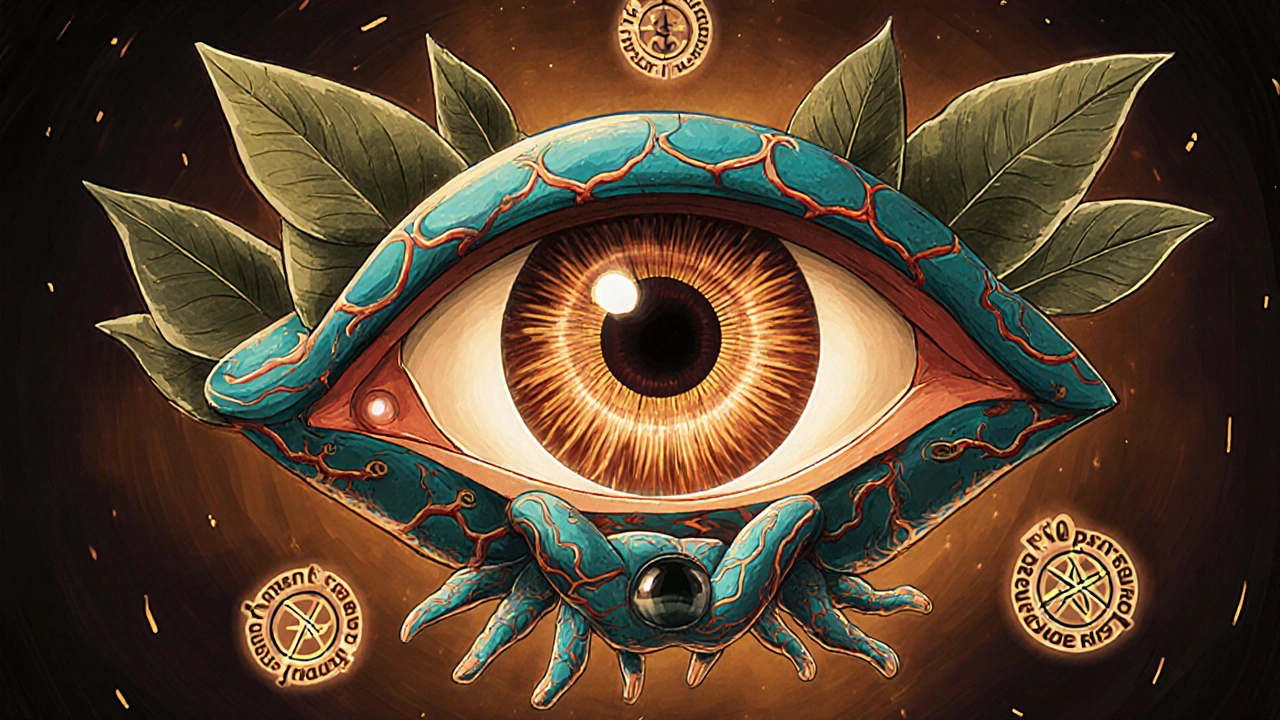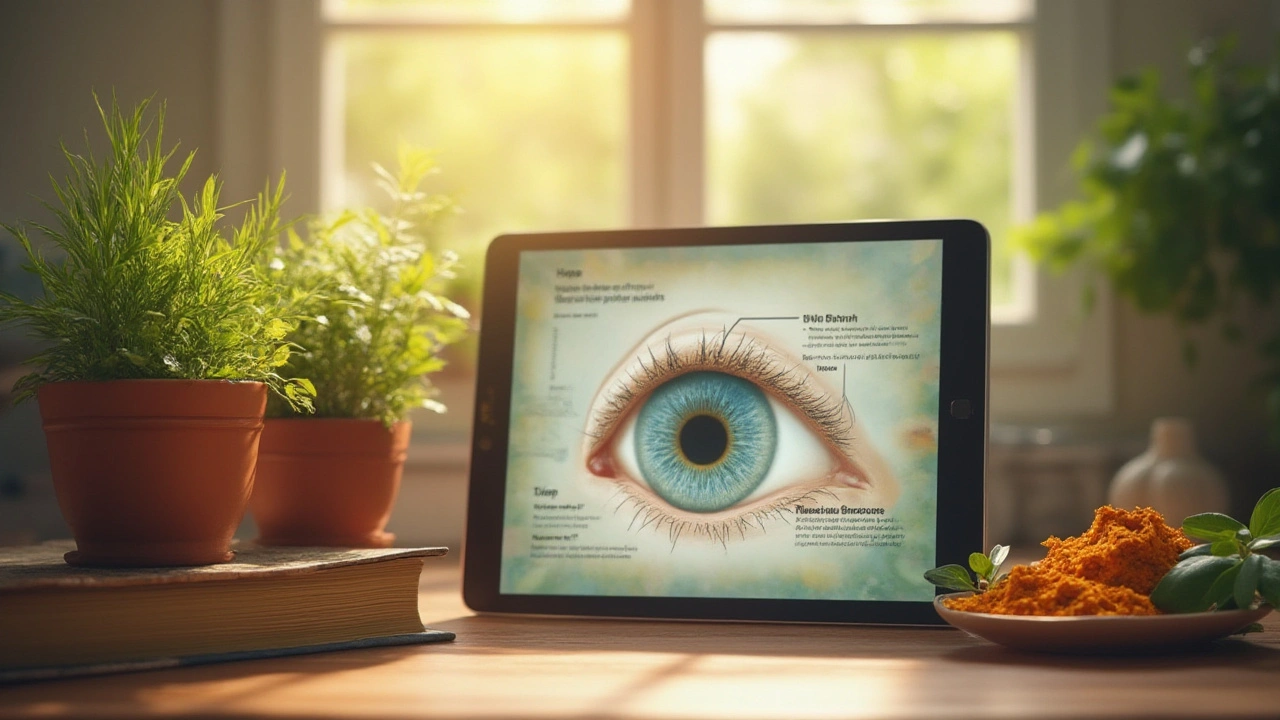Eye Pressure: Quick Facts and How to Keep It Normal
Ever heard your eye doctor mention "eye pressure" and wonder what’s up? It’s basically the fluid pressure inside your eye, called intraocular pressure (IOP). When that pressure stays in the normal range, your eye works fine. When it gets too high, it can damage the optic nerve and lead to glaucoma, which can steal sight if left unchecked. Knowing the basics helps you stay on top of eye health before any problems sneak up.
Why Eye Pressure Matters
High eye pressure isn’t just a number on a chart; it’s a warning sign. The eye is filled with a clear fluid called aqueous humor that constantly flows in and out. If the drainage system slows down, pressure builds up. Over time, that pressure can press on the optic nerve—the cable that sends visual info to the brain. The result? Gradual loss of peripheral vision, and if the pressure stays high, central vision can suffer too. That’s why regular checks are a must, even if you feel fine.
Doctors measure IOP with a quick test called tonometry. The most common version, the “air puff” test, blows a small puff of air at the eye and reads the resistance. It only takes a few seconds and doesn’t hurt. Other methods, like the Goldman applanation tonometer, involve a tiny probe that gently touches the eye’s surface for a more precise reading. Your doctor will note the pressure in millimeters of mercury (mmHg); most healthy adults sit around 10‑21 mmHg.
Ways to Monitor and Lower Your Pressure
First off, schedule a comprehensive eye exam at least once a year. If you’re over 40, have a family history of glaucoma, or belong to a high‑risk group (like diabetics), ask for more frequent checks. During the visit, the doctor can document your baseline pressure and track any changes over time.
Lifestyle tweaks can also help keep pressure in check. Regular aerobic exercise—think brisk walks, biking, or swimming—has been shown to lower IOP a bit. Keep a healthy weight; obesity can raise eye pressure indirectly. Stay hydrated but avoid chugging massive amounts of water at once, as a sudden fluid surge can spike the pressure for a short time.
If you’ve already been diagnosed with high eye pressure or glaucoma, medication is often the first line of defense. Eye drops like prostaglandin analogs, beta‑blockers, or carbonic anhydrase inhibitors work by improving fluid outflow or reducing production. Use them exactly as prescribed—missing doses can let pressure creep up again.
When medication isn’t enough, laser therapy or surgery may be recommended. Laser trabeculoplasty helps open the drainage channels, while procedures like trabeculectomy create a new passage for fluid. These options sound scary, but they’re usually quick, safe, and can spare you from vision loss.
Bottom line: keep an eye on the numbers, stay active, and follow your doctor’s plan. A simple checklist can make it easier: book your eye exam, note your IOP reading, take meds on schedule, move your body a few times a week, and watch your diet. By staying proactive, you give your eyes the best shot at staying clear for years to come.

28
Oct
Olmesartan is safe for most people with glaucoma. It doesn't raise eye pressure or harm the optic nerve. Studies show no negative effects on intraocular pressure, making it a better choice than some other blood pressure drugs.
Read More

17
Jul
Curious about natural alternatives to Timolol for glaucoma? Learn about herbal treatments, lifestyle tweaks, and the science behind alternative eye pressure management.
Read More

